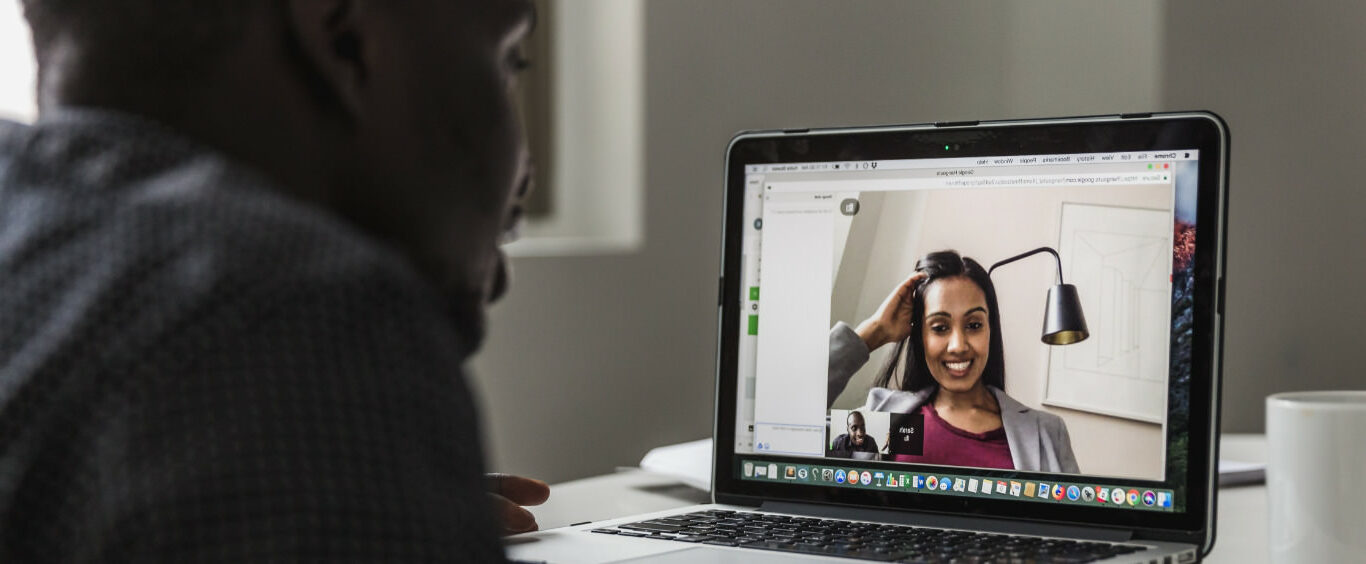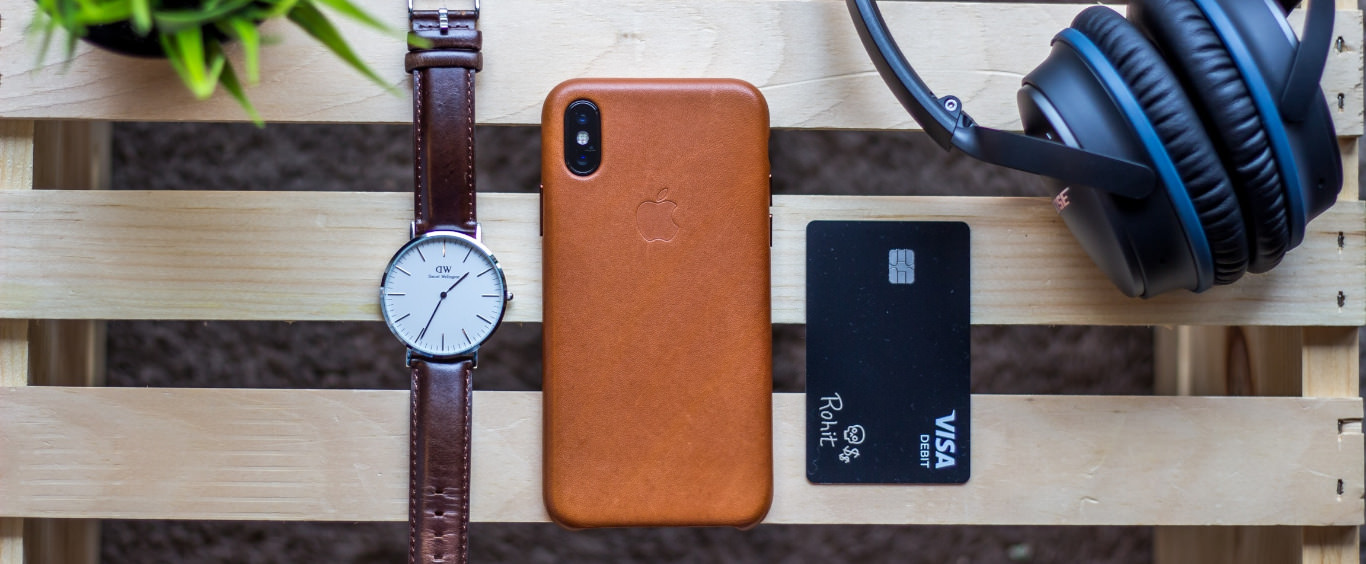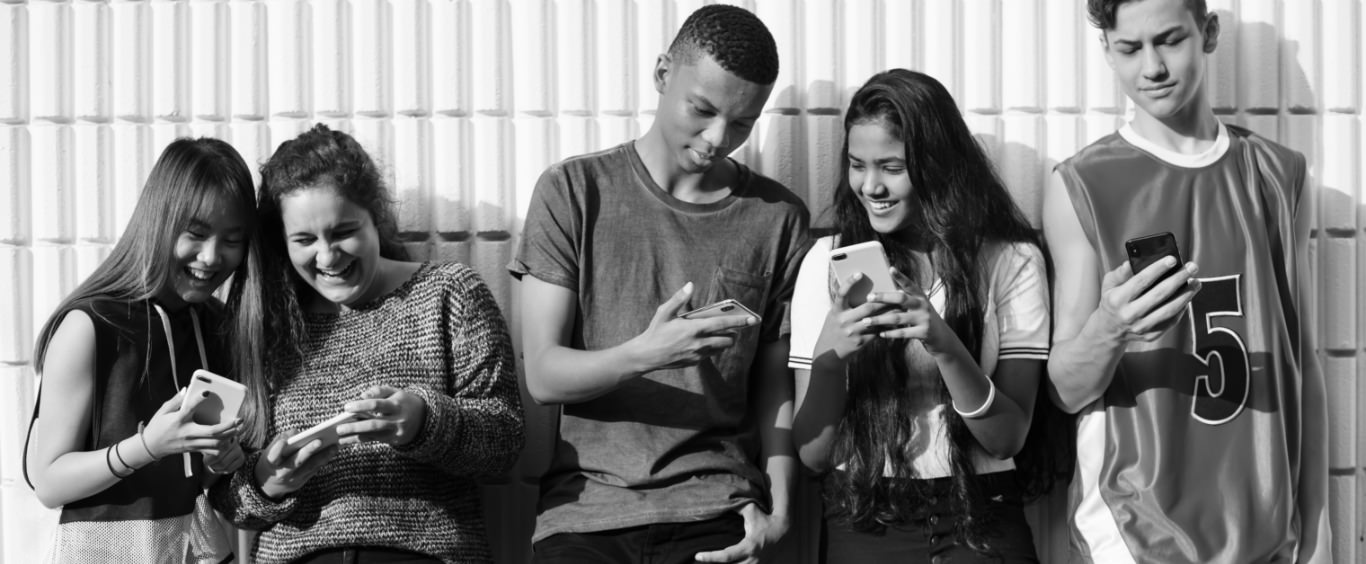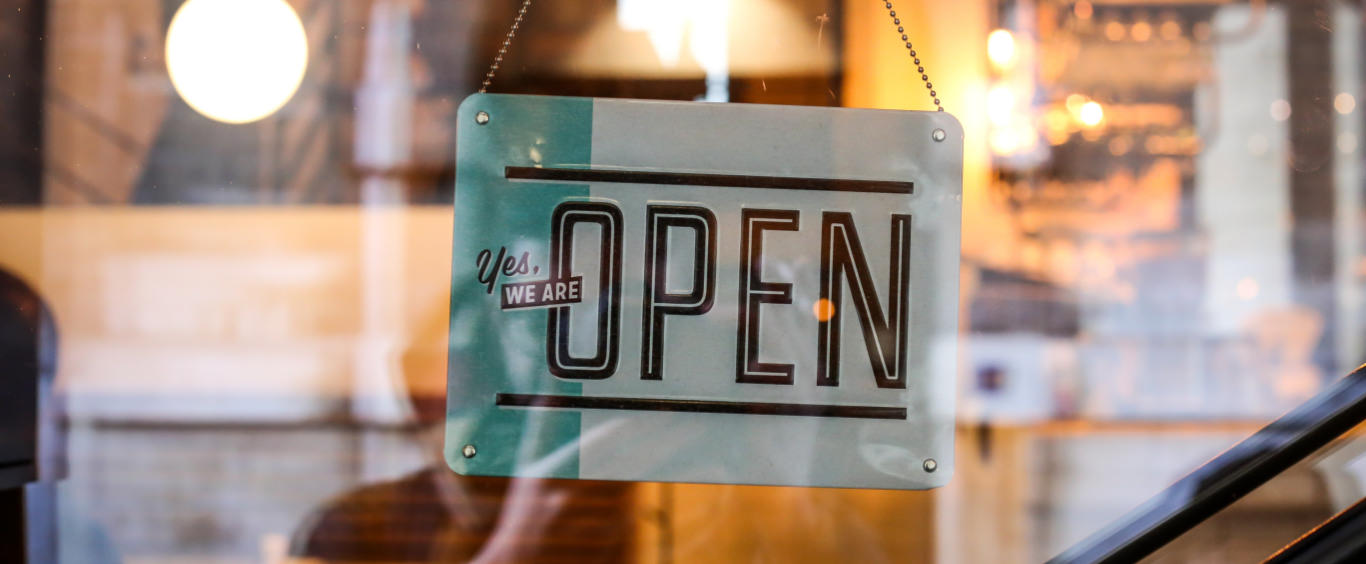Methodologies
Perceptions & Attitudes
Framed as a video selfie talking head, Perceptions & Attitudes captures people’s facial expressions with a proximity closer than any other methodology can provide (literally, and arm’s length away).
The beauty of Perceptions & Attitudes is there is no moderator bias, and no possibility for group-think that can be common problem in focus groups.
Micro facial expressions, including eyebrow raises, mouth movements, involuntary twitches, voice intonation and more help establish their response authenticity and candor.
Given their comfort level with speaking into their own mobile devices or webcams, the following is a list of strategies for getting the best out of Perceptions & Attitudes:
- Get personal: they are in their comfort zone, usually alone, and amazingly open to questions that probe deeply into their personal experience and/or feelings. We have asked people about chronic illness (delicately, of course), intimate wear (in relation to their body image), impotence (you’d be surprised how comfortable men are on the topic) and more; and are constantly inspired by how open people are via mobile video
- Be provocative: ask them about their deepest fears, their greatest achievements, their trigger points for anger, injustice…even politics! Provoking – without insulting them, of course – helps elicit more emotionally-charged replies
- Benchmark: ask them to compare and contrast things like brand associations, competing product perceptions, standards of customer service against the industry norms; or even the ideal
- Be emotional: while some respondents are better than others at answering questions about emotion, don’t shy away from literally asking them about emotions surrounding a topic. We’ve even had brand loyalists write a love letter to a brand and read the letters on camera
- Allow them to dream: one of our favorite questions is to have them suspend disbelief, and describe the ideal . By understanding the dream, you will be better able to gauge if/how you or your brand/product/service lives up to their ideal
Show & Tell
Show + Tell is a way to see into people home environments: pantry, closet, den, fridge, entertainment system, home office….you name it.
In our experience, having people show objects – or processes – and talk about them tends to not only authenticate them as users, but also makes them much more animated and articulate because they are touching objects, or pointing out parts of a journey.
We define Show + Tell as something that happens within or around the home (versus Retail + Events which can take place outside the home).
Show + Tell has been used for a wide range of projects including clothing (show us your favorite sports bras, and explain how brands and product features vary), cars (walk around your car and tell us about brand/features/ design), food (fridge dive to understand brand assortment; prepare meals to understand process), entertainment (TV and audio ecosystem), furniture (favorite room, biggest villain in the house), laundry journey, shaving experience, and kitchen (storage container lids).
To get the best out of Show + Tell:
- Be specific: ask them to show you their favorite X, or top 5 articles of Y (e.g. show us your 5 favorite handbags)
- Walk-throughs: ask them to walk you through a process – laundry, for example, to understand the Before, During and After insights (sometimes breaking it out into multiple questions)
- Pan-arounds: or closet dives, or home entertainment ecosystems, have them pan over a variety of objects and explain what they are, why they have them and note brands (e.g. we had a big tech co whose designer wasn’t born in the US and wanted to understand what a college dorm room looked like)
- Expect variable video: if you request consumers to show their laundry journey, for example, the video itself might be a little shaky as they pan around and explain things, or walk from room to room. We can mitigate AV issues with instructions, but lighting, sound and video quality may vary if they are asked to move from room to room while filming, from light to dark, or spinning the smartphone around to show something
- Involve a partner: for a study for baby wash basins, respondents had their partner hold their phone and record moments where both of their hands were occupied
Prompt & React
Getting consumers to respond to prompts can be accomplished on mindswarms digitally, or physically. Digitally, by attaching a link to a study, respondents can view PDFs, images, web sites, video, UX, UI…basically anything you want them to provide unvarnished reactions to. To date, we have prompted consumers with links to early stage concepts (designer sketches, advertising territories, brand positioning), work-in-progress (ads in development, taglines, potential product names) and finished assets (existing TV commercials, websites, digital products, print ads).
- Similarly, we have sent product to people’s homes for a number of objectives:
- Understand the out of box experience
- Gather feedback on packaging
- Get reactions to messaging and positioning
- Conduct a home use test (prepare food; try out makeup, try on new prototype shoes) In terms of best practices for working with Prompt & React, the following is a loose set of guidelines:
In terms of best practices for working with Prompt & React, the following is a loose set of guidelines:
- Keep it short: if a PDF that is attached contains too many pages, images or words, people will tune out
- Think about it as stimulus: sometimes, their literal reactions to the artifact aren’t as important as the reactions they elicit – what you’re really looking for is how the stimulus prompted them to reveal something interesting or new…so it doesn’t always have to be stimulus you are literally testing that elicits a great insight (for example, get them to respond to an article about their generation and explain how they feel)
- Plan for shipping: if it’s an actual product you want sent to consumers, shipping will be your responsibility (not mindswarms’)
- Need 1 or two more
Missions & Events
A lot of retail experiences require no assistance on the shop floor (e.g. headphones, QSR). So hearing from consumers in a retail environment as they first enter the store, look for sections, search for products, compare competing options, evaluate packaging, look at signage, navigate the aisles, and ultimately choose a specific brand or product can be very insightful. Especially as more and more shopping and buying shifts online.
Retail & Events has been used to have consumers shop for e-readers at Big Box consumer electronics stores, do a walk-through of a car buying journey, sample food at QSR, do competitor store checks, shop a new category in a store, evaluate drive-thru menu boards, provide feedback on the inclusiveness of in-store marketing messaging and more
In terms of pro tips for Retail & Events:
- It’s its own study: while we can – and do – include Perceptions + Attitudes, Show + Tell, and Prompt + React in one study, getting folks to go to retail requires a dedicated study devoted to the retail visit
- Incentives need to be higher: we typically pay $50 for consumers to answer 10 questions, but if they need to travel to a retail store and/or buy something, we often sweeten the kitty to compensate them for their time, effort and travel
- Incentives need to be higher: we typically pay $50 for consumers to answer 10 questions, but if they need to travel to a retail store and/or buy something, we often sweeten the kitty to compensate them for their time, effort and travel
- Studies can take longer than normal: we promise <7 days for US studies and <14 days for international, but if the study requires people to do a retail visit, we like to give them a little more time to complete, especially if weekends are the only time they might be able to fit in a destination trip to – say – a mall










